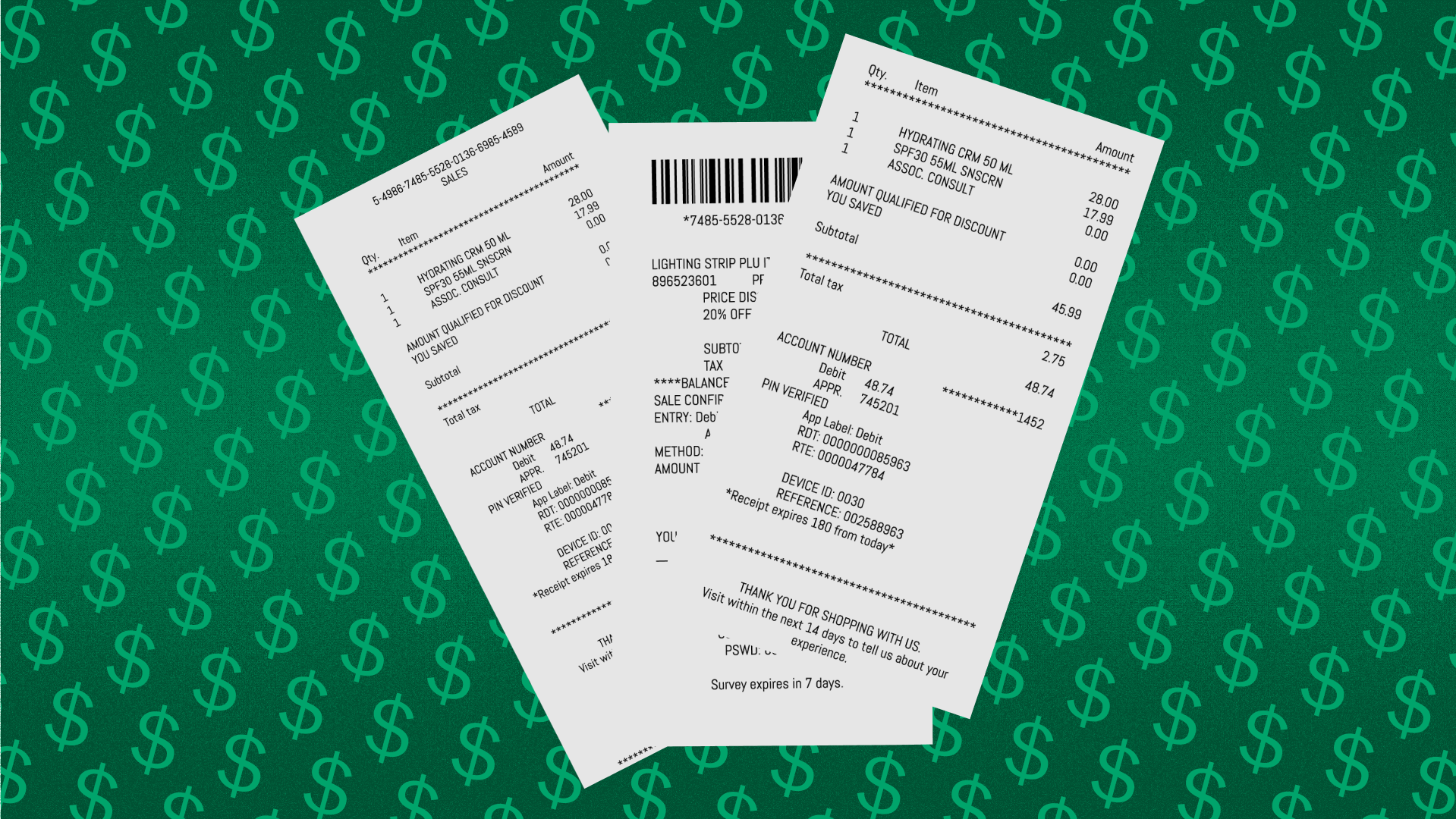Creating an Operating Budget Step-by-Step
Set Your Small Business Up for Success
Justworks Can Help
Developing a solid operating budget is an important aspect of small business planning. An operating budget is a detailed financial plan that outlines projected expenses and revenues for a year. It serves as a blueprint for financial activities and can help you manage your company’s cash flow, prioritize spending, and gauge the overall financial health of your small business. Don’t know where to start? We’re here to help.
Creating an Operating Budget Step-by-Step
Creating an operating budget requires a systematic approach. By following the steps detailed below, you’ll be able to develop a budget that supports your business objectives and helps you manage your small business’s finances effectively.
Step 1: Gather Your Financial Data
The first step in creating an operating budget is to collect all pertinent finance and accounting information, including income statements, balance sheets, and cash flow statements from the past year or years. Reviewing your business’s historical financial data will give you a comprehensive understanding of its financial patterns and historical performance. In addition to reviewing past financial documents, it can also be helpful to consider seasonal trends or industry-specific factors that might be relevant to your company’s current and future financial situation.
Step 2: Identify Your Fixed and Variable Expenses
Next, you'll need to differentiate between fixed and variable expenses. Fixed expenses, such as rent, insurance premiums, and salaried employee wages, are typically consistent month-to-month and easier to predict. On the other hand, variable expenses like inventory costs, marketing campaigns, and freelance services can vary based on business activity and market conditions. Accurately categorizing your expenses is vital for creating a realistic budget and for identifying areas where you might have more flexibility to adjust spending if needed.
Step 3: Estimate Your Revenue
Estimating revenue involves analyzing current market trends, existing customer orders, and potential sales leads. Using your historical financial data as a benchmark, you can adjust for anticipated changes in the market or in your business operations. Remember to include all revenue streams, such as product sales, service fees, and passive income sources like interest. A conservative revenue estimate can help you avoid overestimating your financial capacity.
Step 4: Determine Your Profit Margin
Calculating your profit margin is essential for assessing the profitability of your business. It's the percentage of revenue that remains after covering all your expenses. A healthy profit margin indicates that your business is financially sound and has the potential for growth. It also provides a buffer to absorb unforeseen costs or economic downturns. Understanding your profit margin can guide your pricing strategy and influence decisions about cost management, investment opportunities, and other financial matters.
Step 5: Create a Budget Spreadsheet
Compiling your budget into a spreadsheet is a practical way to organize and analyze your financial data. Design your spreadsheet to display fixed and variable expenses in distinct sections and ensure each expense category is clearly defined. Incorporate a section for your revenue estimates and use formulas to calculate profit margin and other relevant financial metrics. A well-structured spreadsheet can serve as a valuable tool for ongoing budget management and can be easily updated as circumstances change.
Step 6: Make Adjustments
Once the initial draft of your operating budget is complete, carefully scrutinize it for any inconsistencies or unrealistic assumptions. You may need to fine-tune your expense estimates or explore ways to increase revenue, such as adjusting pricing or expanding your marketing efforts. It's essential to strike a balance between ambition and practicality—your budget may be challenging, but should strive to be achievable. Engage with your team during this process to ensure that all departments are aligned with the budget's objectives and constraints.
Step 7: Track Your Budget
After finalizing your operating budget, it's critical to monitor your small business’s financial performance on an ongoing basis. Implement a system for tracking actual revenues and managing expenses against your budgeted figures. This can be done through accounting software, which often includes budgeting and reporting features, or through regular manual updates to your spreadsheet. By staying vigilant, you can quickly identify variances and adjust your spending or strategies accordingly to stay on course.
Step 8: Re-evaluate and Adjust as Needed
Business conditions change, and your operating budget should be flexible enough to accommodate these changes. Regularly reviewing your budget allows you to adapt to new opportunities or address challenges proactively. If your business experiences significant changes, such as a major new client or an unexpected expense, revisit your budget to ensure it still reflects your current financial situation. Continuous refinement of your budget is a sign of dynamic financial management and can contribute to your business's long-term success.
Set Your Small Business Up for Success
When you create an operating budget, you’re better equipped to set realistic financial goals for your business. Utilizing an operating budget provides small business owners with a structured approach to planning, tracking, and controlling finances, which is essential for business sustainability and growth.
Justworks Can Help
Putting together an operating budget can feel like a daunting task if you don’t have systems in place to help track key expenses such as payroll, benefit costs, etc. If you need help with the administrative aspects of running a small business, Justworks is here to help.
Get started today to learn how we can make easy work of tracking employment-related expenses and provide real-time integration with the accounting software and HR tools you may already be using.
Learn more with Justworks’ Resources
Scale your business and build your team — no matter which way it grows. Access the tools, perks, and resources to help you stay compliant and grow in all 50 states.











